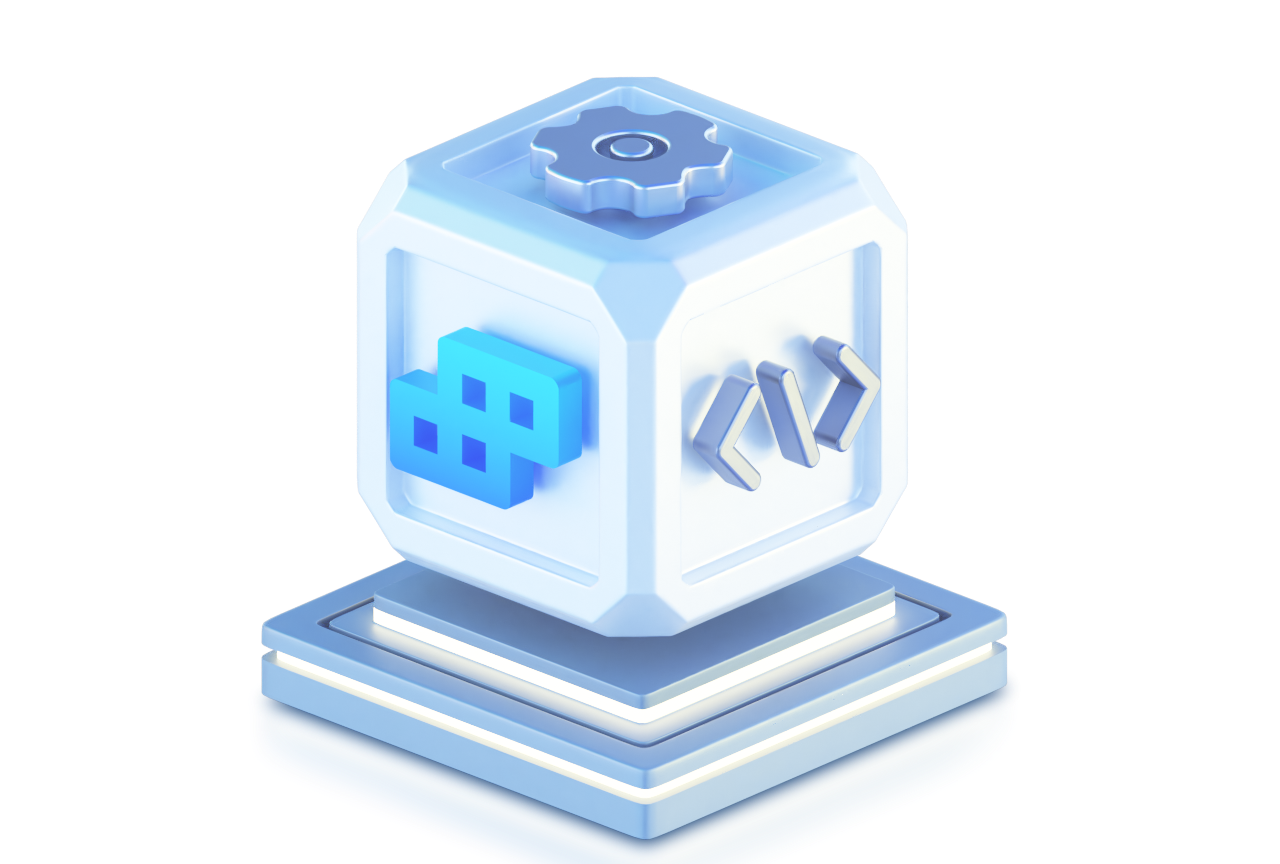CODING Artifact Repositories (CODING-AR) is used to manage build artifacts generated after source code compilation. It supports common types of artifact repositories such as Docker, Maven, Helm, and npm packages. It makes it possible to coordinate artifact repositories with the source code for version control and seamlessly integrate them with local build tools and continuous integration/deployment in the cloud. It offers vulnerability scanning and other convenient features to provide high-quality and efficient artifact management services for R&D teams and help them control the quality of artifacts.
CODING-AR manages build artifacts generated after source code compilation through versioning, which implements seamless deployment and delivery and convenient software distribution.
Artifact Repository Hierarchy
The hierarchy in an artifact repository is repository > package > version.
- Repository: used to manage different types of repositories and package resources under them. You can set their external access permissions.
- Package: the basic unit for build artifacts to provide external access and used to describe the purpose and use instructions of the current artifact.
- Version: lists all build artifacts under a certain package and records in detail the iterative update changes of each artifact, including but not limited to compilation packages, deployment packages, and binary files.
Support for Diverse Artifact Repository Types
- CODING-AR supports many types of artifact repositories such as Docker, Maven, Helm, and npm packages. Artifact repositories can be versioned in collaboration with the source code.
- Can meet the requirements for multiple artifact repositories in one single project. In other words, it enables one project to support, for example, both Docker and Maven.
Seamless Connection with Common Build Tools
CODING-AR is compatible with all common artifact format standards. You can use it seamlessly with having to change any existing build tools or installing any other local software programs or plugins.
Fast Distribution
CODING-AR supports public and private repositories. Relying on the powerful CDN capabilities of Tencent Cloud, it enables your team members to securely and quickly upload and download artifacts around the globe.
Vulnerability Scanning
You can use the built-in image security scanning feature or customized security scanning strategies to check the quality of artifacts stored in CODING-AR.
Upstream-Downstream Integration
CODING-AR provides well-adapted APIs that are compatible with the version matching of the upstream code repositories and the APIs of the downstream continuous deployment and Ops, enabling upstream-downstream integration for DevOps.












Which repository types does CODING-AR support?
CODING-AR supports common types of artifact repositories, including Docker, Maven, npm, Generic, Pypi, and Helm.
What is the hierarchy in CODING-AR?
The hierarchical relationship in CODING-AR is repository > package > version as detailed below:
- Repository: used to manage different types of repositories and package resources under them. You can set their external access permissions.
- Package: the basic unit for build artifacts to provide external access and used to describe the purpose and use instructions of the current artifact.
- Version: lists all build artifacts under a certain package and records in detail the iterative updates and changes of each artifact.
What are the external permissions in CODING-AR?
- Within project: the members of this project can read and write, while other members cannot read or write.
- Within team: the members of this project can read and write, other members of this team can read but cannot write, while other members cannot read or write.
- Public: the members of this project can read and write, non-members of this project and anonymous members can read but cannot write.
